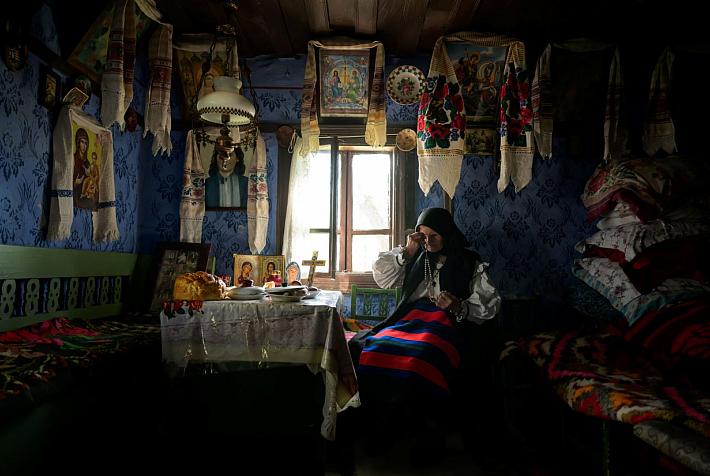Fossils of new pterosaur species found in Romania's dinosaur region

 Fossils of a new type of pterosaur have been found in Romania. The winged reptile from the age of the dinosaurs was found in Sebeş-Glod in Romania's Transylvanian Basin by a team of scientists from the University of Southampton, UK, the Transylvanian Museum Society in Romania and the Museau Nacional in Rio de Janiero, Brazil. The area is rich in fossils from the Cretaceous Period, some 145 – 66 million years ago, at the end of which, dinosaurs died out.
Fossils of a new type of pterosaur have been found in Romania. The winged reptile from the age of the dinosaurs was found in Sebeş-Glod in Romania's Transylvanian Basin by a team of scientists from the University of Southampton, UK, the Transylvanian Museum Society in Romania and the Museau Nacional in Rio de Janiero, Brazil. The area is rich in fossils from the Cretaceous Period, some 145 – 66 million years ago, at the end of which, dinosaurs died out.
The new species is called Eurazhdarcho langendorfensis. “Eurazhdarcho belong to a group of pterosaurs called the azhdarchids. These were long-necked, long-beaked pterosaurs whose wings were strongly adapted for a soaring lifestyle. Several features of their wing and hind limb bones show that they could fold their wings up and walk on all fours when needed," said Dr Darren Naish of the University of Southampton’s Vertebrate Palaeontology Research Group.
The new species of pterosaur lived around 68 million years ago and with a wing span of just under three meters was “large but not gigantic.” Although pterosaurs were contemporary with dinosaurs, they belonged to a different group of species. The newly found fossils are helping scientists settle arguments about how the how the animals lived, according to the University of Southampton.
There have been many theories on how they fed, including plucking prey from the water on the wing, hunting like a heron when standing in shallow water and foraging in the mud with their long beaks. However, the new evidence of the azhdarchids' ability to walk on four legs suggests that they may have spent more time wandering around looking for food in dry areas, according to the University of Southamption.
“One of the newest ideas is that azhdarchids walked through forests, plains and other places in search of small animal prey. Eurazhdarcho supports this view of azhdarchids, since these fossils come from an inland, continental environment where there were forests and plains as well as large, meandering rivers and swampy regions,” said Dr Gareth Dyke, Senior Lecturer in Vertebrate Palaeontology, based at the National Oceanography Centre Southampton.
The area where the pterosaur fossils were found is close to other fossil finds, which include the dwarf dinosaur eggs now exhibited in the Tara Hategului Dinosaur park. The medium size of the new species follows the pattern for fossils in the area, which seemed to be inhabited by dwarf or moderately sized sub-species during the era of the dinosaurs. “With a three-metre wingspan, Eurazhdarcho would have been large, but not gigantic. This is true of many of the animals so far discovered in Romania; they were often unusually small compared to their relatives elsewhere,” said Dr Darran Naish.
Dwarf dinosaur egg nest becomes center piece at new Dinosaur Geopark information center in Romania
editor@romania-insider.com
photo source: scientific paper - A New Azhdarchid Pterosaur from the Late Cretaceous of the Transylvanian Basin, Romania: Implications for Azhdarchid Diversity and Distribution - published on plosone.org











